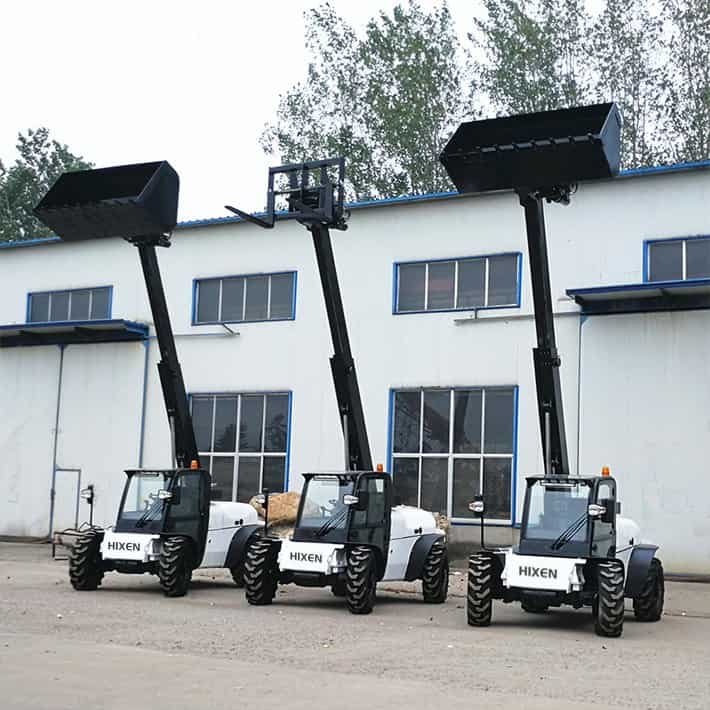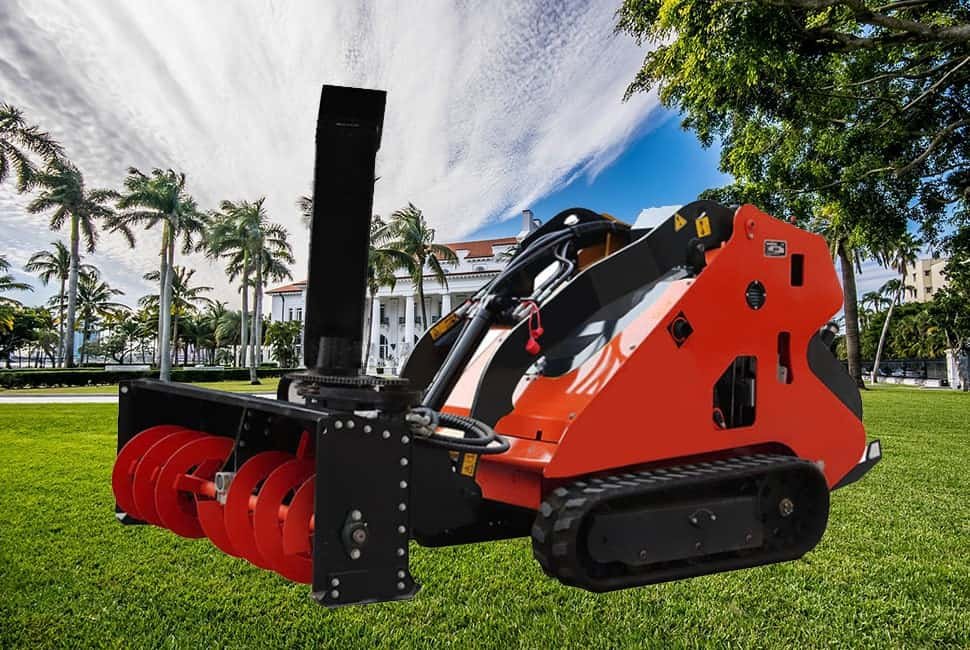When choosing a telehandler, one of the most important factors to consider is its weight. The weight of the machine impacts its performance, stability, and handling capacity. Are you struggling to find the ideal telehandler for your project? Understanding the weight can make a significant difference in your decision-making process.
The average telehandler weight typically ranges from 3 to 5 tons, depending on the model and attachments. Choosing the right weight can enhance performance, stability, and safety during operation.
Now, let’s dive into why the weight of a telehandler is so critical and how it affects your equipment choice.
What is the Average Weight of a Telehandler?
Telehandlers are incredibly versatile machines, widely used in construction, agriculture, and other industries. However, their weight can vary significantly depending on the model. Understanding the average weight range is crucial when selecting the right telehandler for your specific needs.
Typically, telehandlers weigh between 3 and 5 tons. This weight variation is influenced by several factors, including the machine’s design, load capacity, and the type of attachments used. Lighter models are generally more agile and well-suited for smaller tasks, while heavier models provide greater lifting power and stability for larger projects.
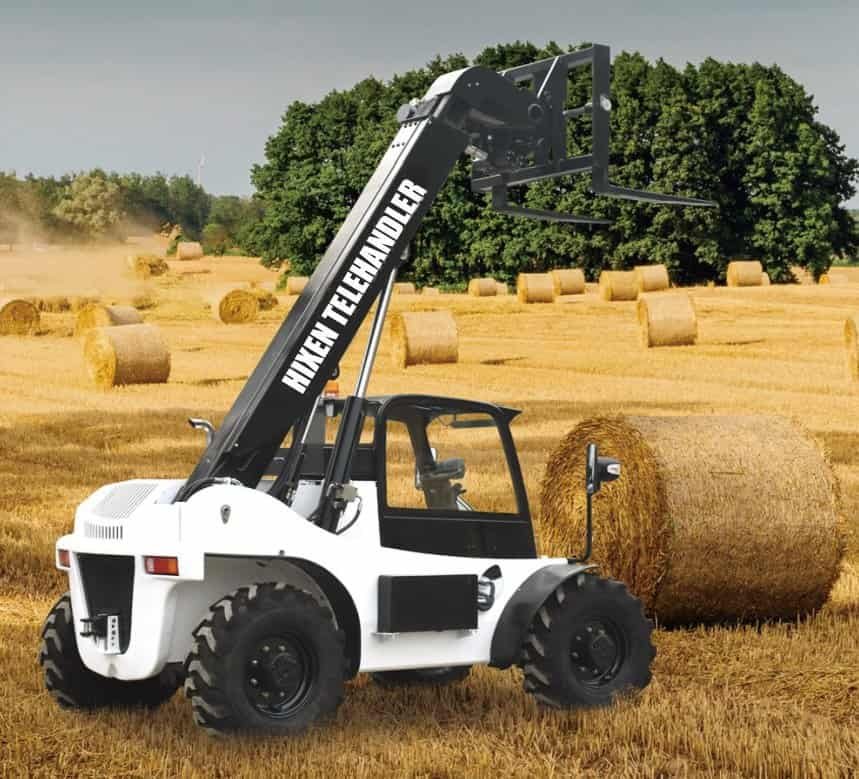
Telehandlers can be categorized based on their weight to help you make a more informed decision. Lighter models, weighing around 3 tons, are ideal for tasks that require precision and maneuverability in tight spaces, such as handling materials in confined construction sites or performing light lifting operations. Mid-range models, weighing around 4 tons, offer a balanced combination of mobility and lifting capacity, making them suitable for a wide range of applications. Finally, heavier models, weighing above 5 tons, are designed for heavy-duty lifting and can handle the most demanding construction tasks, providing robust performance in challenging environments.
Why Does Telehandler Weight Matter?
The weight of a telehandler is a critical factor that significantly impacts its performance on the job site. From stability and lifting capacity to overall efficiency, the weight of the machine can make a substantial difference in how well it meets your needs.
A telehandler’s weight directly influences its stability, load-bearing capacity, and traction. Generally, a heavier machine offers greater stability and can handle more substantial loads, making it well-suited for demanding tasks. However, choosing the right weight is essential to ensure safe and efficient operation, as an overly heavy machine might be impractical for certain tasks.
Heavier telehandlers are particularly advantageous when lifting heavy materials or working on uneven terrain. They can accommodate larger attachments and provide superior lifting power, making them ideal for construction projects where safety and performance are top priorities. Conversely, lighter telehandlers excel in environments that require agility and maneuverability, such as navigating tight spaces or operating on smooth surfaces. While they may not have the same lifting capacity as their heavier counterparts, their flexibility can be a significant asset.
When selecting a telehandler, always consider the specific demands of your job. Assess the type of terrain, the size and weight of the loads you need to lift, and the overall working conditions. By matching the weight of the telehandler to your unique requirements, you can optimize both safety and productivity on your worksite.
How to Choose the Right Telehandler Based on Weight?
Choosing the right telehandler based on its weight is essential for achieving the perfect balance between power, stability, and mobility. Here’s a guide to help you make an informed decision.
When selecting a telehandler, it’s important to match its weight to the specific demands of your tasks. If your work involves rough terrain or heavy lifting, a heavier machine is often the better choice. These models offer greater stability and lifting capacity, making them ideal for demanding environments. Conversely, if your job requires navigating tight spaces or performing lighter tasks, a lighter telehandler may be more suitable. These models prioritize agility and maneuverability, allowing you to work efficiently in confined areas.
For projects that involve heavy-duty lifting, such as moving concrete blocks, steel beams, or large building materials, a heavier telehandler is highly recommended. These machines are designed to provide superior stability and can handle significant weight without compromising safety. However, if your work is focused on farming, landscaping, or smaller construction jobs where mobility is crucial, a lighter telehandler can be an excellent choice. These models offer enough lifting capacity for most tasks while maintaining the flexibility to move around easily.
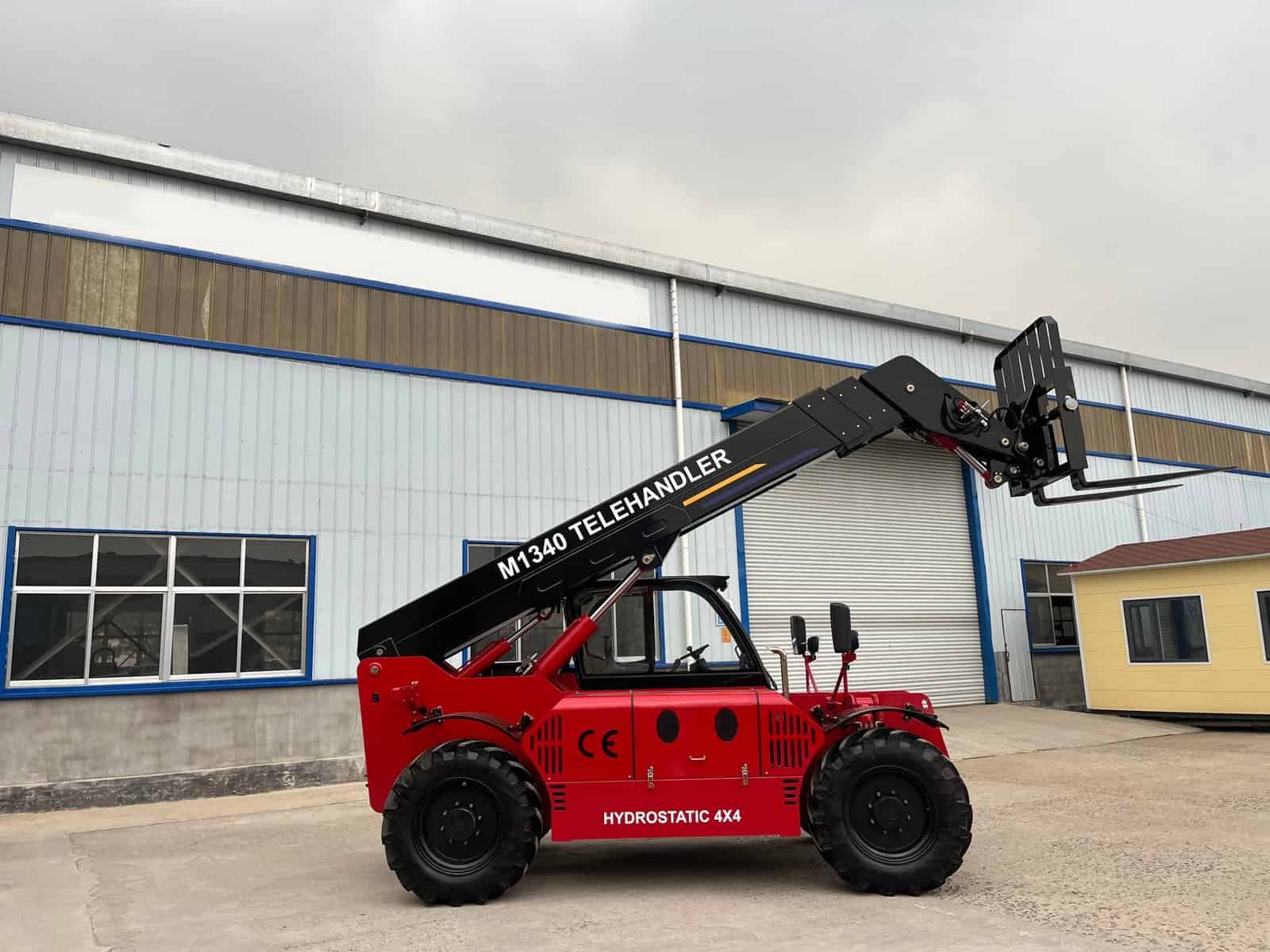
Ultimately, the key is to assess your specific needs: the type of terrain, the weight of the materials you’ll be lifting, and the working conditions on-site. By carefully considering these factors, you can choose a telehandler that maximizes both efficiency and safety for your project.
What is the Weight of Popular Telehandler Models?
The weight of telehandlers can vary significantly depending on the manufacturer and the specific features of each model. Let’s explore some of the most popular models on the market to understand how their weights influence their performance and suitability for different tasks.
Take, for example, the JLG 550-170, which weighs approximately 5.7 tons. This model is renowned for its robustness and high lifting capacity, making it an excellent choice for large-scale construction projects where heavy materials need to be lifted and moved efficiently. Its substantial weight provides enhanced stability, especially when handling significant loads or working on uneven terrain.
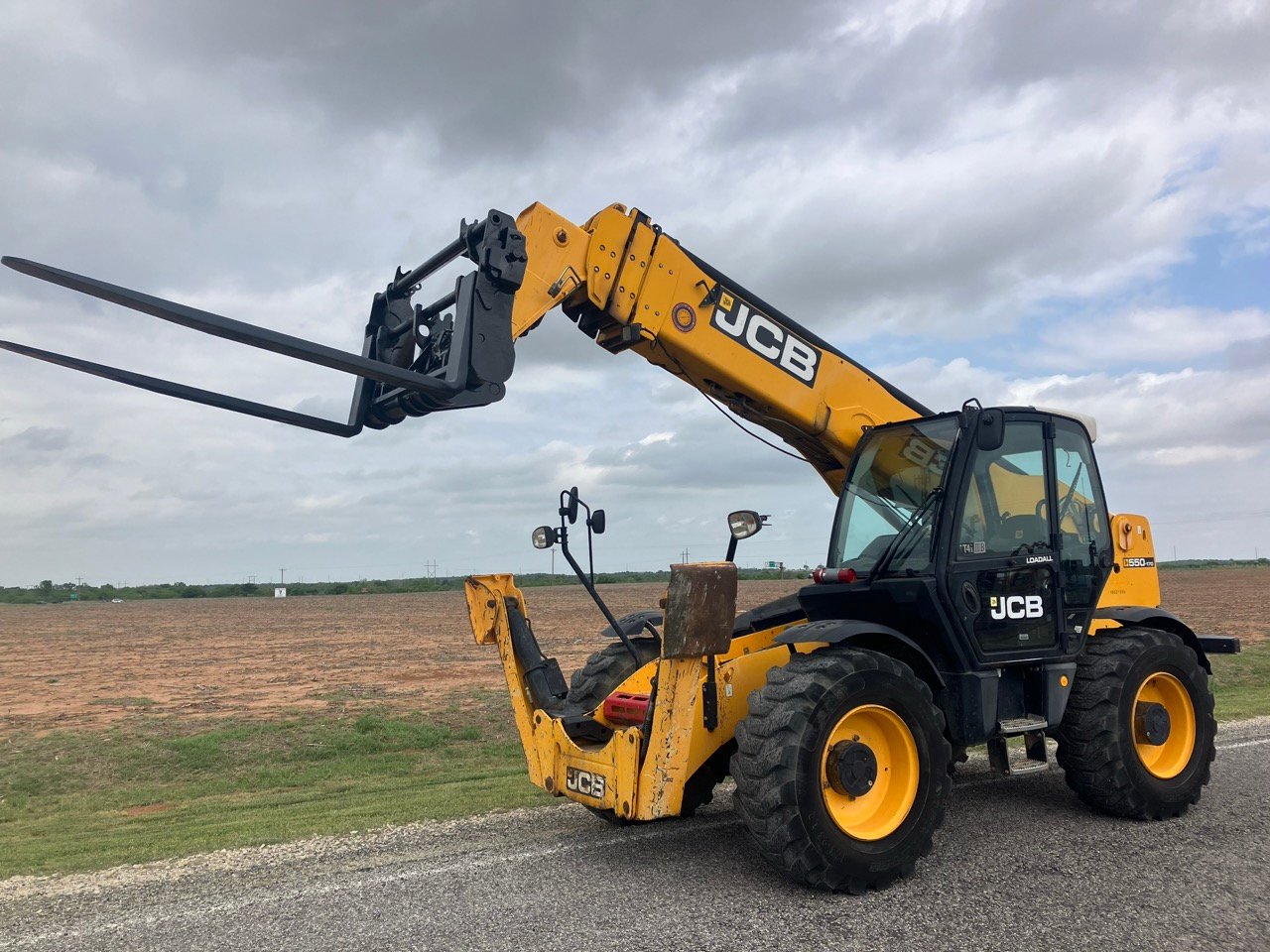
On the other hand, the Manitou MLT 625 weighs around 4.2 tons, making it a slightly lighter alternative. This model is designed for versatility, offering a good balance between lifting capacity and mobility. It is particularly well-suited for applications in both farming and construction, where agility and the ability to navigate tight spaces are crucial. Its lighter weight allows it to move more easily in confined areas without sacrificing too much lifting capability.
When choosing between these models, it’s important to consider your specific lifting requirements and the conditions of your worksite. Heavier telehandlers, like the JLG 550-170, provide superior stability and lifting power, making them ideal for demanding construction tasks. However, they may be less maneuverable in tight spaces. In contrast, lighter models like the Manitou MLT 625 offer greater mobility and flexibility, making them suitable for a wider range of tasks, including those in smaller or more confined areas.
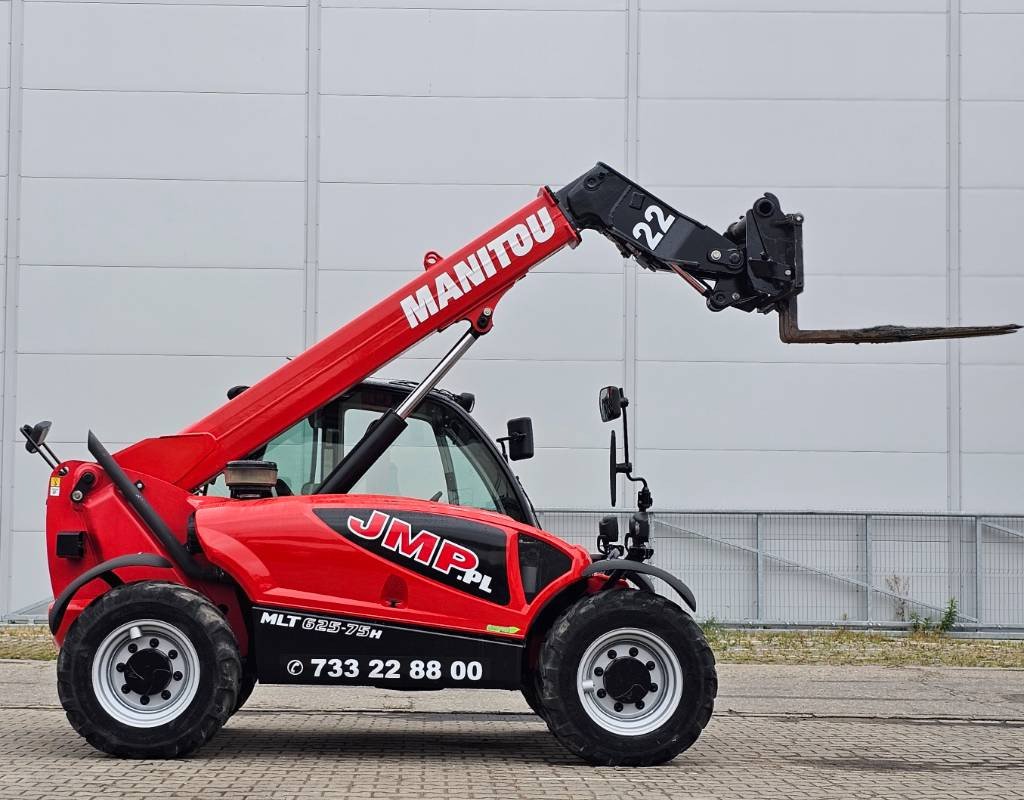
Ultimately, the choice of telehandler weight should align with your project’s needs, balancing the trade-offs between stability, lifting capacity, and mobility.
How Does Telehandler Weight Affect Transportation?
The weight of a telehandler not only impacts its performance on the job site but also plays a significant role in its transportation. Understanding how weight affects the logistics of moving a telehandler can help you avoid unexpected costs and logistical headaches.
Heavier telehandlers, particularly those weighing over 5 tons, often require special transport arrangements. This typically involves using specialized equipment such as lowboy trailers, which are designed to handle oversized and heavy loads. Additionally, transporting these machines may necessitate obtaining additional permits, especially if the telehandler exceeds certain weight or size thresholds. These requirements can significantly increase transportation costs and time, so careful planning is essential.
In contrast, lighter telehandlers are generally easier and more cost-effective to transport. Models weighing under 5 tons can often be moved using standard trailers and may not require special permits. This flexibility makes them particularly appealing for businesses that need to move machinery frequently between job sites. The reduced logistical complexity and lower transportation costs associated with lighter telehandlers can provide significant advantages, especially when considering the overall operational expenses.
By taking the weight of the telehandler into account during the planning phase, you can better anticipate the transportation requirements and associated costs. This foresight will help ensure a smoother logistical process, whether you’re moving a heavy-duty machine for a large construction project or a lighter model for more frequent, smaller-scale tasks.
How Does the Weight of a Telehandler Affect Fuel Efficiency?
The weight of a telehandler can significantly impact its fuel efficiency, which in turn affects your overall operating costs. While heavier machines offer more power and stability, they also tend to consume more fuel, especially during extended periods of use. This increased fuel consumption is due to the additional power required to move and lift heavy loads, as well as the machine’s overall size and weight.
Larger, heavier telehandlers are generally more fuel-intensive. For example, a heavy-duty model used for lifting large construction materials or operating on rough terrain will burn more fuel compared to a lighter model. This higher fuel consumption can add up over time, making it crucial to balance the machine’s weight with fuel efficiency to optimize your business’s operating costs.
On the other hand, lighter telehandlers are often more fuel-efficient, consuming less fuel while still delivering the necessary power for lighter tasks. These machines are ideal for projects where the workload is less demanding and mobility is a priority, such as in smaller construction sites, landscaping, or agricultural applications. Their lower fuel consumption can lead to significant cost savings over time, especially if the machine is used frequently.
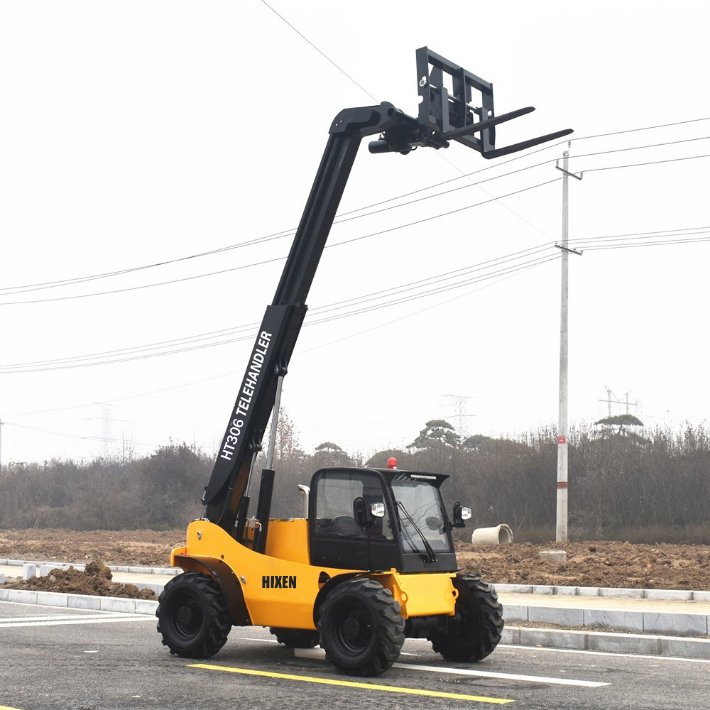
Choosing the right telehandler involves finding the optimal balance between weight, power, and fuel efficiency. A machine that is too heavy for your needs may incur unnecessary fuel costs, while one that is too light might not meet your lifting requirements. By carefully considering your specific job demands and matching them with the right telehandler weight, you can maximize fuel efficiency and minimize long-term operating costs.
Resumen
The weight of a telehandler significantly impacts its stability, lifting capacity, and transportation needs. Choosing the right weight for your project can help improve safety, efficiency, and cost-effectiveness.

